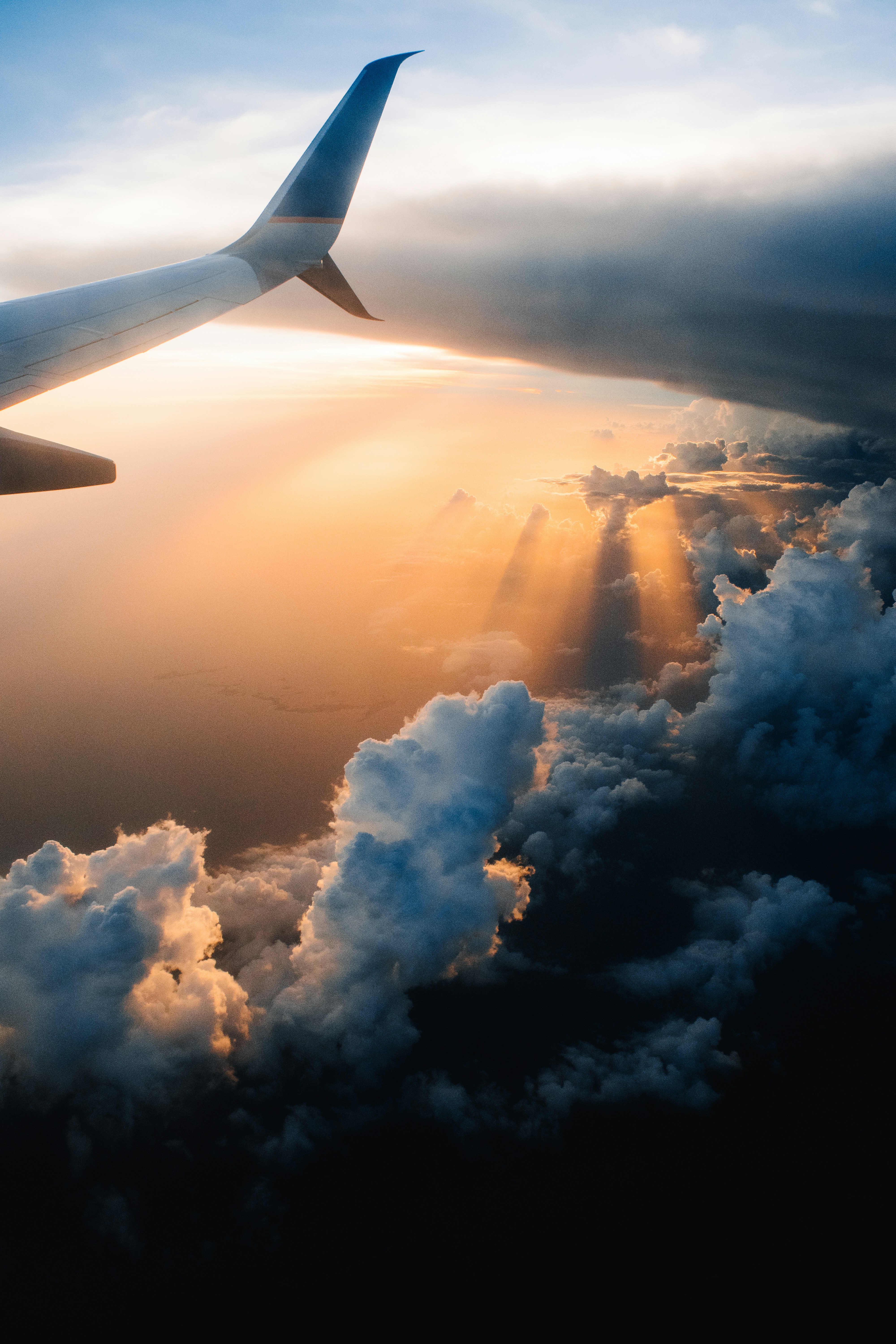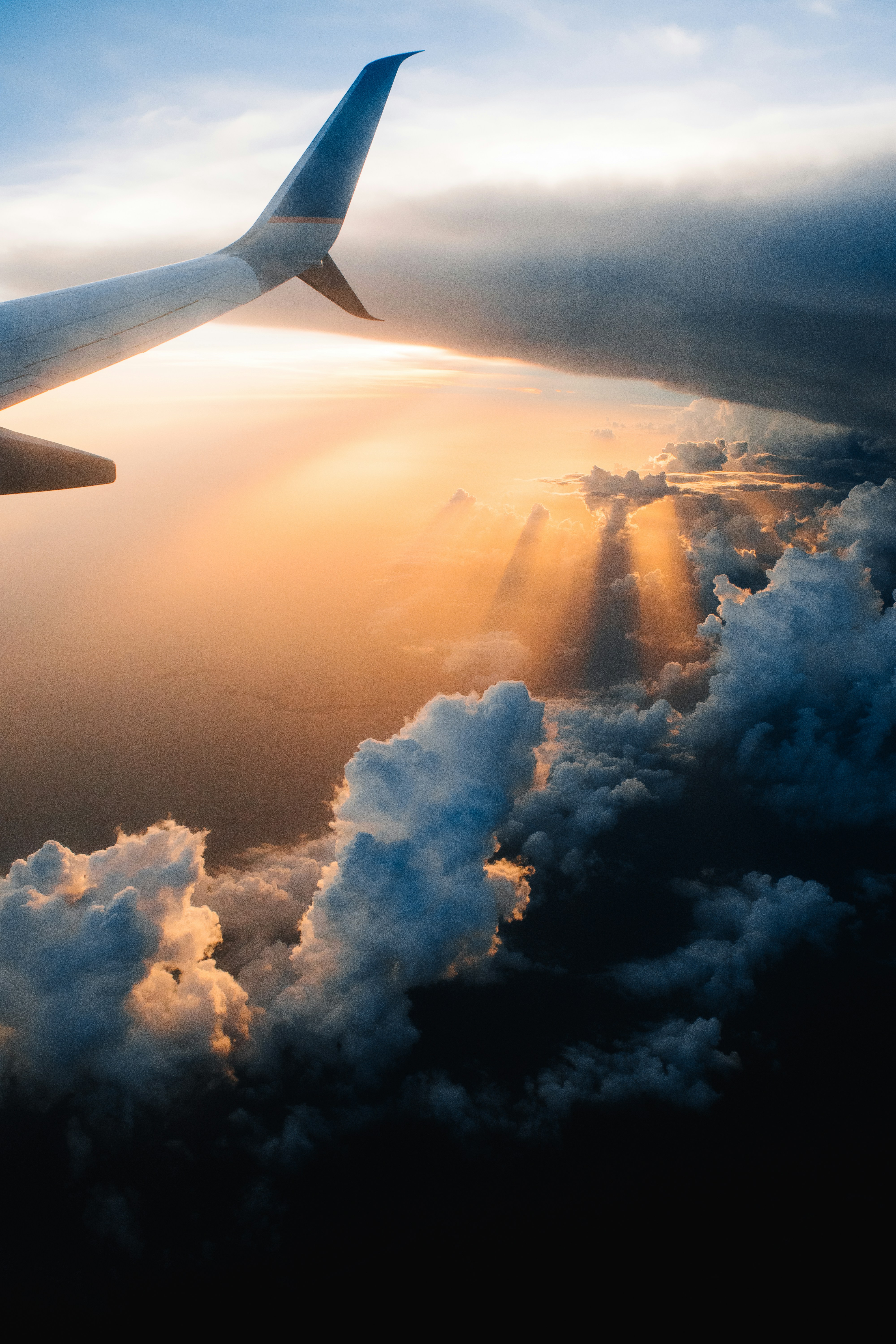Introduction to Wrangel Island
Wrangel Island, situated in the Chukchi Sea, stands as a remarkable testament to the natural splendor of the Russian Arctic. Located approximately 140 kilometers north of the Siberian coast, this remote island spans an area of around 7,600 square kilometers. Its geographical position places it at the crossroads of varying climatic and ecological zones, contributing to its unique environmental characteristics.
Designated as a UNESCO World Heritage site, Wrangel Island is celebrated for its rich biodiversity and pristine landscapes. This status underscores the island’s global significance in terms of both conservation and scientific research. The island’s rugged terrain is a mosaic of mountains, tundra, and coastal areas, each hosting a diverse array of flora and fauna.
Wrangel Island’s importance extends beyond its geographical and ecological attributes. As one of the few remaining untouched wilderness areas, it offers invaluable insights into the dynamics of Arctic ecosystems. The island serves as a critical habitat for numerous species, including the polar bear, Arctic fox, and a variety of migratory birds. Its waters are equally significant, providing breeding grounds for marine mammals such as walruses and gray whales.
In essence, Wrangel Island is not just a geographical entity but a vibrant, living museum of Arctic wildlife. Its unique position and status as a protected area make it an essential focus for ongoing conservation efforts and scientific exploration. As we delve deeper into the wonders of Wrangel Island, we uncover a world that is both fragile and resilient, offering a glimpse into the intricate web of life that thrives in one of the planet’s most extreme environments.
Historical Significance
Wrangel Island, an isolated arctic landmass, has a rich history that dates back to its discovery in the early 19th century. First sighted by Russian explorers in 1820, the island was named after Baron Ferdinand von Wrangel, a prominent Russian explorer who later led an expedition to map its coastline. Despite initial sightings, the island remained largely uncharted until the late 19th century when American whaling ships began to frequent the region, drawn by the abundant marine life.
In 1911, Wrangel Island became the focus of an ambitious expedition led by Vilhjalmur Stefansson, a Canadian explorer. His aim was to claim the island for Canada, but the harsh conditions led to a tragic outcome for many involved. The island’s strategic significance continued to grow, especially during the Cold War era. Both the Soviet Union and the United States recognized its potential as a strategic military outpost due to its location in the Arctic Ocean, which led to increased interest and activity in the region.
The Soviet Union formally asserted its control over Wrangel Island in the 1920s, establishing a permanent presence by setting up weather stations and small settlements. This period also saw the island being used for scientific research, particularly in studying Arctic ecosystems and wildlife. The island’s remote location and harsh environment posed significant challenges, but it also offered unique opportunities for scientific discovery.
During the Cold War, Wrangel Island’s strategic importance was further underscored by its potential use as a military base. The Soviet military constructed several installations on the island, which remained largely secretive until the end of the Cold War. Today, while the military presence has diminished, the island remains a symbol of Russia’s Arctic sovereignty and continues to play a crucial role in scientific research and conservation efforts.
Biodiversity and Unique Ecosystems
Wrangel Island stands as a testament to the rich biodiversity found in the Arctic region. This remote island, located in the Arctic Ocean, is home to a remarkable array of species that have adapted to its harsh climatic conditions. Among the most notable inhabitants are the polar bears, which thrive in this untouched wilderness. Wrangel Island is recognized as one of the world’s largest denning areas for polar bears, making it a critical sanctuary for these majestic creatures.
In addition to polar bears, the island hosts significant populations of walruses. These marine mammals can often be seen congregating along the island’s coasts, where they haul out on the ice and rocky beaches. The nutrient-rich waters surrounding Wrangel Island provide an abundant supply of food, supporting large colonies of walruses.
The Arctic fox is another key species found on Wrangel Island. These adaptable predators are well-suited to the island’s tundra ecosystem, where they hunt for lemmings and other small mammals. The tundra itself is a unique ecosystem, characterized by its permafrost and limited vegetation. Despite the harsh conditions, a variety of plant species, including mosses, lichens, and hardy shrubs, manage to flourish here, providing essential habitat and sustenance for the island’s fauna.
Wrangel Island’s coastal areas also contribute to its ecological diversity. The intertidal zones and shallow waters support a myriad of marine life, including fish, seabirds, and invertebrates. Migratory bird species, such as snow geese and eiders, utilize these coastal regions as crucial breeding and feeding grounds.
The interplay between Wrangel Island’s tundra and coastal ecosystems creates a dynamic environment that sustains its rich biodiversity. These interconnected habitats ensure the survival of numerous Arctic species, making Wrangel Island a vital haven for wildlife conservation.
Conservation Efforts
Wrangel Island, a UNESCO World Heritage Site, stands as a testament to the dedication of conservationists in protecting its unique flora and fauna. The Wrangel Island Nature Reserve, established in 1976, plays a pivotal role in safeguarding this pristine environment. Encompassing the entire island and its surrounding waters, the reserve is a sanctuary for numerous endemic species, including the critically endangered Wrangel Island lemming and the Pacific walrus.
International collaborations have been instrumental in bolstering conservation efforts on Wrangel Island. Partnerships with organizations such as the World Wildlife Fund (WWF) and the Russian Academy of Sciences have facilitated comprehensive research and monitoring programs. These collaborations have led to significant discoveries about the island’s ecosystems, informing more effective conservation strategies.
Despite these efforts, Wrangel Island faces considerable challenges. Climate change poses a significant threat, as rising temperatures and melting ice disrupt the habitats of native species. Additionally, illegal poaching and increased human activity due to tourism and resource exploration exacerbate the pressures on this delicate environment. Addressing these issues requires a multifaceted approach, combining stringent regulations, community engagement, and international cooperation.
There have been notable success stories in the conservation of Wrangel Island’s wildlife. The reintroduction of the muskox, an ancient Arctic mammal, stands out as a remarkable achievement. Once extinct in the Russian Arctic, muskoxen were successfully reintroduced to Wrangel Island in the 1970s. Today, the population thrives, demonstrating the potential for recovery when effective conservation measures are implemented.
Ongoing initiatives continue to build on these successes. Enhanced monitoring techniques, including satellite tracking and drone surveillance, are being employed to gather real-time data on wildlife populations and their movements. Educational programs aimed at raising awareness about the island’s ecological significance are also crucial, fostering a sense of stewardship among local communities and the broader public.
In conclusion, the conservation efforts on Wrangel Island exemplify the power of dedicated action and international collaboration. While challenges persist, the successes achieved thus far offer hope for the continued preservation of this unique and invaluable ecosystem.
Wrangel Island, a UNESCO World Heritage site, is a critical habitat for various species, including the polar bear, walrus, and many migratory birds. However, the island’s unique ecosystems are increasingly threatened by the pervasive effects of climate change. Rising temperatures and melting ice are two primary factors disrupting the natural balance of this Arctic haven.
As global temperatures rise, the Arctic region is warming at approximately twice the rate of the rest of the world. This accelerated warming has led to significant reductions in sea ice extent and thickness, which are vital for many species. Polar bears, for instance, rely on sea ice for hunting seals, their primary food source. The reduction in ice cover forces these apex predators to travel greater distances to find food, leading to increased energy expenditure and decreased reproductive success.
In addition to impacting predators like polar bears, the loss of sea ice also affects species such as the Pacific walrus. Walruses use sea ice as resting platforms between feeding bouts. As their ice habitat diminishes, they are forced to haul out on land in large numbers, which can lead to overcrowding, increased mortality, and disrupted foraging patterns. This behavioral shift has been documented in several scientific studies, highlighting the direct link between sea ice loss and walrus population health.
Terrestrial ecosystems on Wrangel Island are not immune to the impacts of climate change either. Rising temperatures have led to changes in vegetation patterns, affecting the availability of food for herbivores such as the musk ox and reindeer. Additionally, thawing permafrost releases greenhouse gases like methane and carbon dioxide, further exacerbating global warming and creating a feedback loop that accelerates climate change impacts.
Future predictions for Wrangel Island are concerning. If current trends continue, the island’s ecosystems will undergo significant transformations. Scientists forecast that the continued loss of sea ice and permafrost will lead to shifts in species composition and distribution, with some species potentially facing local extinction. These changes underscore the urgent need for global action to mitigate climate change and preserve the fragile ecosystems of Wrangel Island.
Visiting Wrangel Island
Wrangel Island, a UNESCO World Heritage site, offers a unique opportunity for adventurous travelers to witness an untouched Arctic ecosystem. However, visiting this remote and pristine destination requires meticulous planning due to its isolation and stringent environmental regulations. The island is located in the Arctic Ocean, north of the Chukotka Peninsula, and access is typically limited to organized tours run by specialized operators.
To reach Wrangel Island, most visitors will fly into Anadyr, the administrative center of Chukotka Autonomous Okrug, from where they embark on an expedition cruise. These cruises often include icebreaker ships designed to navigate the challenging Arctic waters. The journey itself becomes part of the adventure, offering stunning views of the Arctic seascape and chances to spot marine wildlife, including whales and seals.
The best time to visit Wrangel Island is during the short Arctic summer, from mid-July to early September. This period provides relatively milder weather and increased daylight, making it ideal for wildlife observation and photography. During these months, visitors can expect to witness an array of Arctic flora and fauna, including the island’s famous polar bears, walrus haulouts, and diverse bird colonies. The island is also known for its significant population of musk oxen and reindeer.
Guided tours are essential for visiting Wrangel Island, as they ensure compliance with strict environmental regulations designed to protect the delicate ecosystem. These tours are led by experienced naturalists and guides who provide insightful information about the island’s natural history and ensure minimal human impact on the environment. Tour operators often include activities such as guided hikes, bird watching, and zodiac excursions to explore the coastline.
Responsible tourism on Wrangel Island includes adhering to guidelines such as maintaining a safe distance from wildlife, not disturbing nesting sites, and avoiding the introduction of non-native species. Visitors are encouraged to carry out all waste and limit the use of single-use plastics. By following these practices, tourists contribute to the preservation of this extraordinary natural habitat for future generations.
Enter your email to get the Latest Updated Exploring News and Topics
Discover more from atozexplore.com
Subscribe to get the latest posts sent to your email.







